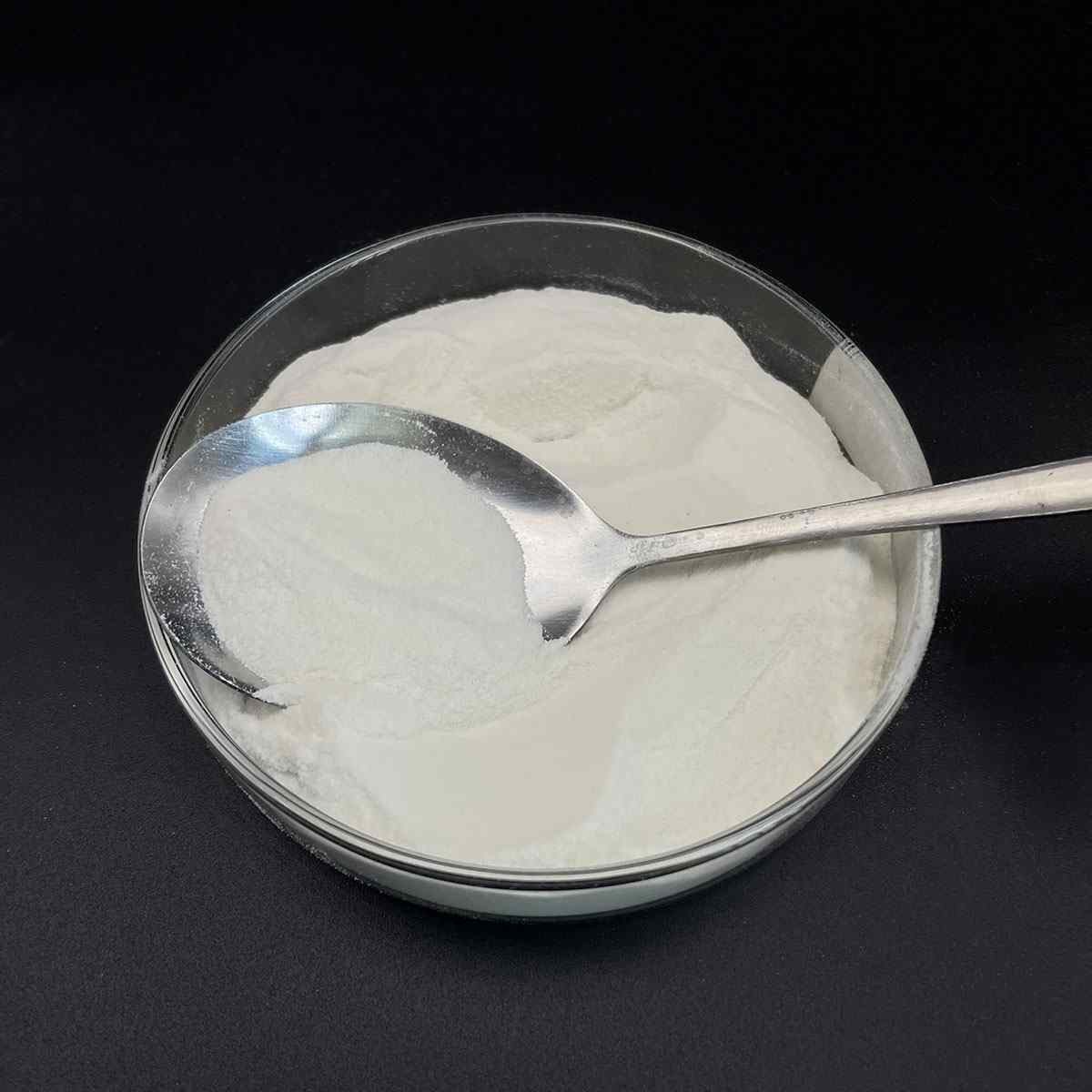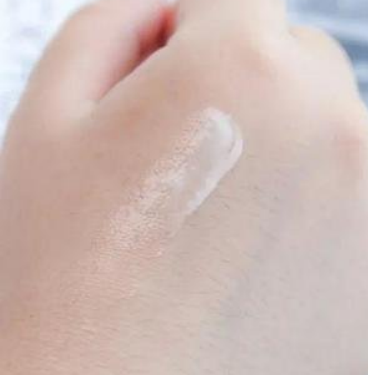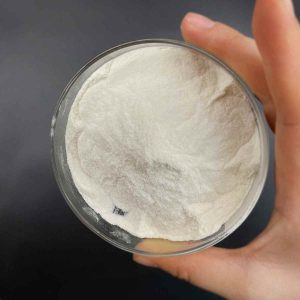1. Introduction
Just 24 hours ago, the European Commission announced a new review of anionic surfactants in rinse-off cosmetics, with sodium lauryl sulfate (SLS) under renewed scrutiny for potential skin irritation. This move reflects growing consumer demand for gentler, more sustainable ingredients—sparking fresh interest in alternatives like alkyl polyglucoside and decyl glucoside.

If you’ve ever read a shampoo or toothpaste label, you’ve likely seen ‘sodium lauryl sulfate‘ or its cousin ‘sodium laureth sulfate.’ But what exactly are these ingredients, and why are they so common? Let’s break it down.
2. What Is Sodium Lauryl Sulfate?
Sodium lauryl sulfate (SLS), also known as sodium dodecyl sulfate or natrium lauryl sulfate, is a powerful anionic surfactant. The term ‘surfactant’—short for ‘surface-active agent’—refers to compounds that lower surface tension between liquids or between a liquid and a solid. This property allows surfactants to lift dirt, oil, and grime, making them essential in cleaning products.
SLS is derived from lauryl alcohol (often sourced from coconut or palm kernel oil) and is prized for its strong foaming and cleansing abilities. You’ll find it labeled as ‘sls sodium lauryl sulfate,’ ‘na lauryl sulfate,’ or simply ‘lauryl sulfate’ on ingredient lists.
3. How SLS Compares to Other Surfactants
Not all surfactants are created equal. They fall into four main categories: anionic, cationic, non-ionic, and amphoteric.
Anionic surfactants like SLS and sodium dodecylbenzene sulfonate carry a negative charge and are excellent cleaners—but can be harsh on skin. In contrast, cationic surfactants (e.g., cetyl trimethyl ammonium bromide or CTAB) are positively charged and often used as conditioners or antimicrobials.
Non-ionic surfactants like polysorbate 80, Span80, Pluronic 127 (poloxamer 188), and ethoxylated alcohols don’t carry a charge and are milder—commonly used in herbicides as wetting agents or in food emulsifiers.
Amphoteric surfactants such as cocamidopropyl betaine (also called coco betaine, amidopropyl betaine, or coco amido propyl betaine) can switch charge depending on pH. They’re gentle and often paired with SLS to reduce irritation.
4. Common SLS Alternatives in Personal Care

Due to concerns about dryness or irritation, many brands now use milder options:
- Sodium laureth sulfate (also called sodium lauryl ether sulfate or sodium lauryl ether sulphate): An ethoxylated version of SLS that’s less irritating.
- Sodium cocoyl isethionate and sodium lauroyl methyl isethionate: Creamy, skin-friendly surfactants used in syndet bars.
- Alkyl polyglucosides like decyl glucoside and coco glucoside: Bio surfactants derived from sugar and coconut oil—biodegradable and non-toxic.
- Sodium coco sulfate (sometimes labeled as coco sodium sulfate): A blend of SLS-like molecules from coconut, often marketed as ‘natural.’
Other niche options include sodium lauroyl sarcosinate (a sarcosinate-based surfactant), sodium cocoyl glutamate, and sodium oleate—all valued for mildness and sustainability.
5. Industrial and Agricultural Uses
Beyond shampoos and soaps, surfactants play critical roles in agriculture and manufacturing.
For example, surfactant for herbicides—such as methylated seed oil or lignin sulfonate—acts as a lawn wetting agent or wetting agent for grass, helping weed killers like Roundup stick to waxy leaves. Nonionic surfactant types are preferred here to avoid plant damage.
In industrial settings, fluoro surfactants, copper 1 bromide complexes, and ammonium lauryl sulfate (also called ammonium dodecyl sulfate or ammonium lauryl sulphate) serve specialized roles in coatings, firefighting foams, and emulsion polymerization.
Companies like Rohit Surfactants Private Limited supply bulk sodium lauryl sulfate for sale to both cosmetic and agrochemical industries.
6. Safety and Misconceptions

Despite viral claims, SLS is not carcinogenic. Regulatory bodies like the FDA and EU SCCS consider it safe in rinse-off products at typical concentrations (usually under 15%). However, it can cause irritation in sensitive individuals—especially when left on the skin.
Note: SLS is often confused with sodium laureth sulfate (SLES). While both are anionic surfactants, SLES is ethoxylated and generally milder. Labels may say ‘sls sodium laureth sulfate’—but that’s technically incorrect; SLS and SLES are distinct compounds.
Also, terms like ‘sulfate laureth,’ ‘laureth sulphate,’ ‘sulphate laureth sulfate,’ and ‘sls sulfate’ are often misused online. Always check the INCI name for accuracy.
7. The Rise of Bio-Based and Mild Surfactants
Consumer trends are driving a shift toward bio surfactants—ingredients like alkyl polyglucoside, coco glucoside, and sodium deoxycholate that are renewable, biodegradable, and gentle.
Even in professional formulations, formulators now blend anionic and amphoteric surfactants (e.g., SLS + cocamidopropyl) to balance cleaning power with skin compatibility.
This hybrid approach is why many modern shampoos foam well without stripping natural oils.
8. Conclusion
Sodium lauryl sulfate remains one of the most effective and widely used anionic surfactants—but it’s no longer the only option. With advances in green chemistry and rising demand for gentler products, alternatives like decyl glucoside, sodium cocoyl isethionate, and cocamidopropyl betaine are gaining ground.
Whether you’re formulating a shampoo, choosing a weed killer, or just reading a label, understanding the meaning of surfactant—and the differences between anionic, cationic, non-ionic, and amphoteric types—empowers smarter, safer choices.
Our Website founded on October 17, 2012, is a high-tech enterprise committed to the research and development, production, processing, sales and technical services of ceramic relative materials such as Understand. Our products includes but not limited to Boron Carbide Ceramic Products, Boron Nitride Ceramic Products, Silicon Carbide Ceramic Products, Silicon Nitride Ceramic Products, Zirconium Dioxide Ceramic Products, etc. If you are interested, please feel free to contact us.


